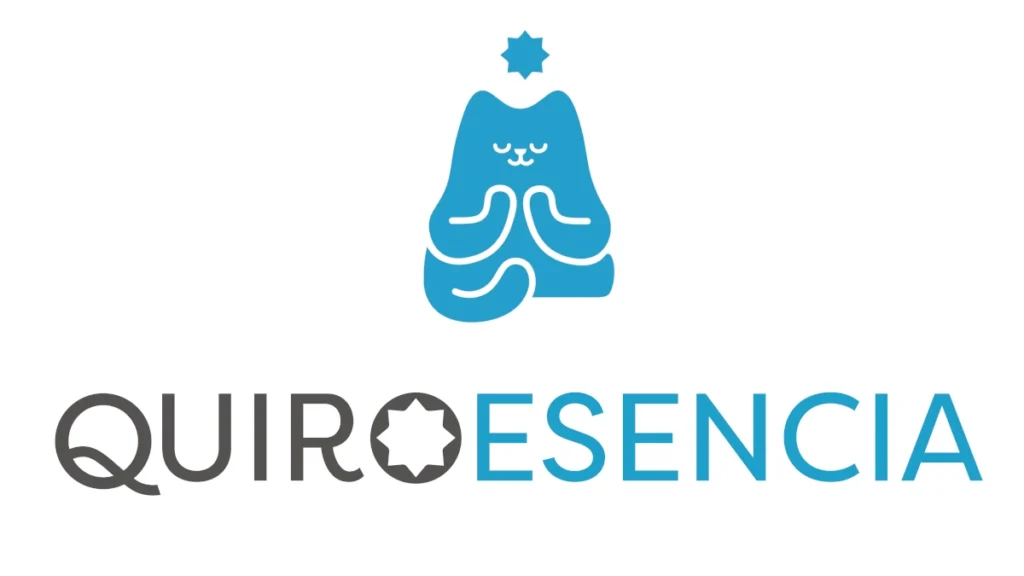What is bruxism and why does it occur?
Have you ever woken up with a stiff jaw, facial pain, or even a persistent migraine without understanding the cause? You're likely experiencing bruxism: the unconscious habit of clenching or grinding your teeth, usually while you sleep. Although often underestimated, bruxism can have serious cumulative effects both physically and emotionally. Discover how to use Yoga to relieve bruxism
This habit can lead to:
- Dental wear.
- Chronic jaw pain.
- Insomnia or interrupted sleep.
- Increasing anxiety due to physical discomfort.
More and more people are suffering from it, and it's no coincidence. We live under constant pressure: screens on 24/7, work demands, mental overload. In this context, the body looks for escape valves. Bruxism is often a somatic manifestation of repressed stress.
Common symptoms and how to recognize them
In addition to morning jaw pain, watch for these signs:
- Grinding noises during the night (detected by the couple).
- Ear pain without infection.
- Feeling of facial fatigue upon waking.
- Cervical contractures for no apparent reason.
- Changes in bite or tooth sensitivity.
In consultations and in classes, many students discover that what they attributed to "frequent headaches" was actually a chain of tensions that began in the jaw.
The emotional and physical causes of bruxism
From my experience as a yoga teacher and body awareness practice leader, I've learned that the body speaks constantly. When we don't express our emotions, we repress them within the body. The jaw is a symbolically strong point: it represents restraint, control, and withheld strength.
Bruxism can be influenced by:
- A stressful and demanding environment.
- Unresolved problems (emotional or work-related).
- Excessive self-demand.
- Sleep disorders.
- Inappropriate body postures.
Therefore, addressing it with dental splints or medication alone is often not enough. We need an approach that recognizes the human being as a whole.
The relationship between stress, the jaw, and the nervous system
The vicious circle of tension
The human body is designed for survival. When faced with a threat, it activates the sympathetic nervous system, responsible for the "fight or flight" response. This automatically tenses muscles like those in the neck, shoulders, and especially the jaw. It's a useful mechanism in the short term... but devastating if it persists for days, weeks, or months.
When stress isn't properly released, that activation becomes chronic. Many of my students arrive to class without realizing they've spent the day with their tongues stiff, their teeth clenched, and their shoulders drooping over their ears.
Why do we clench our teeth when we sleep?
Sleep is a time of regeneration. But if we go to bed with our mind racing and without having released tension, the body can't "shut down" its defense system. The tension accumulated during the day manifests itself in jaw clenching, grinding, or even nighttime spasms.
I have seen students who incorporated relaxation rituals before bed (such as yoga nidra, breathing, or guided visualizations) noticeably reduce these nighttime episodes.
How does yoga help relieve bruxism?
The holistic approach to yoga: body, mind and breath
Yoga doesn't offer instant solutions, but it does offer profound paths. It invites us to observe ourselves without judgment, to connect with our bodies through listening, not demanding. And that's key to treating bruxism.
In practice, yoga:
- It helps us identify hidden tensions.
- Promotes body awareness to prevent stiffness.
- Activates the parasympathetic system (which allows us to rest and regenerate).
- It offers a space to release accumulated emotions.
Activate the parasympathetic system to release tension
Through restorative postures, deep breathing, and meditation, we move from constant alertness to a state of inner calm. This neurophysiological shift allows the facial and cervical muscles to relax naturally.
I've seen it many times: people come in with jaw pain, and after 20 minutes of breathing and body awareness, they feel their face "let go." Not because someone has corrected it, but because the body, feeling safe, stops defending itself.
Recommended yoga practices to relax the jaw
Cervical mobility: freeing the neck and base of the skull
The jaw doesn't work alone. It's connected to a network of muscles that includes the neck, trapezius muscles, and even the shoulder blades. Releasing these areas has a direct effect on the face.
Suggested exercise:
- Sit with your back straight.
- Slowly bring your ear towards your shoulder.
- Make slow circles with your head.
- Inhale deeply through your nose and exhale very slowly.
- Repeat on both sides.
These daily exercises restore mobility and reduce muscle tone throughout the mandibular region.
Facial self-massage: relieve the masseter and temporalis muscles
- Use your fingertips to massage the cheek muscles (masseters), temples, and the bottom of your skull.
- You can make small circles or sustained pressure.
This massage not only relaxes, it also helps you identify which areas are overactive. Many people find that one side is much more tense than the other, and over time, they manage to balance it out.
Restorative postures for shoulders, neck and jaw
- Balasana (child's pose): a posture of surrender and deep rest.
- Savasana with neck support: allows the head to rest without weight.
- Viparita Karani (legs against the wall): helps to drain accumulated tension.
Even 10 minutes a day in a restorative posture with conscious breathing can significantly reduce facial and neck stiffness.
Breathing and meditation: key tools for change
Pranayama: Breathing exercises that calm the mind and body
Breathing is much more than just taking a breath. It's a direct way of communicating to your body that you're safe.
Two effective techniques:
- Box breathing: inhale 4, hold 4, exhale 4, hold 4.
- Nadi Shodhana: alternates nostrils to balance hemispheres.
Both help calm the mind, regulate heart rate, and reduce muscle tone in hypersensitive areas like the jaw.
Short meditations to relax your jaw in everyday life
Mindfulness is a simple but transformative tool. You can practice it like this:
- Close your eyes for 2 minutes.
- Notice if you are clenching your teeth.
- Release the tongue from the palate.
- Leave space between the teeth.
- Take a deep breath.
These types of conscious pauses retrain the nervous system. Instead of reacting with tension, we learn to respond with presence.
Nighttime routines for sleeping without straining
The body needs signals to understand that it can rest.
Recommendations:
- Turn off screens at least 30 minutes before going to sleep.
- Do a short stretching or pranayama session.
- Create a relaxing environment with warm light and silence.
- Use relaxing essential oils (lavender, chamomile).
One of my favorite rituals: listening to a guided body scan before bed. In just 10 minutes, your body shifts into a healing mode.
Simple tips to loosen your jaw during the day
- Put a post-it on your computer: “Are you pushing hard?”
- Practice releasing your tongue from the roof of your mouth every hour.
- Avoid chewing gum or holding objects in your mouth.
- Take active breaks: neck circles, shoulders back, deep breathing.
And most importantly, if you notice yourself slipping back into the tension pattern, don't judge yourself. Acknowledge it, breathe... and let it go again.
Let go, feel and heal from within
Bruxism and jaw tension aren't just physical symptoms: they're messages from our body inviting us to examine how we're living. They push us to pause, to observe, to regain contact with our inner selves.
In a world that often demands that we clench our teeth, our schedules, our feelings, yoga presents itself as a refuge: a space where it is safe to let go.
With regular practice, mindfulness, and small, conscious actions every day, we can transform bruxism into an opportunity for reconnection. We can sleep better, live more lightly, and feel more present in our bodies.
Remember: Every breath is an opportunity to soften your jaw, release your shoulders, and return to the present moment.
In Quiroessence We believe that balance between body and mind is cultivated every day. Our massage, osteopathy, and yoga center is located in the heart of Granada, just a five-minute walk from the Cathedral.
If you're looking for a space to take care of yourself, relax, and reconnect, we'd love to welcome you.

